Since its inception, the film industry has continuously evolved, developing in tandem with modern times and adapting to the ever-increasing demands of audiences. This applies not only to storytelling methods but also to professional techniques. Production companies, directors, and filmmakers consistently ask themselves, “What other forms can be utilized?” or “Can we use them in a different way?” Following this trajectory, the film industry has innovated without pause, while still maintaining essential core elements.
Continuing from the previous article, below is the remaining part of the 10 most significant innovations in the history of the film industry:
6. VFX/CGI (Including Green Screens)
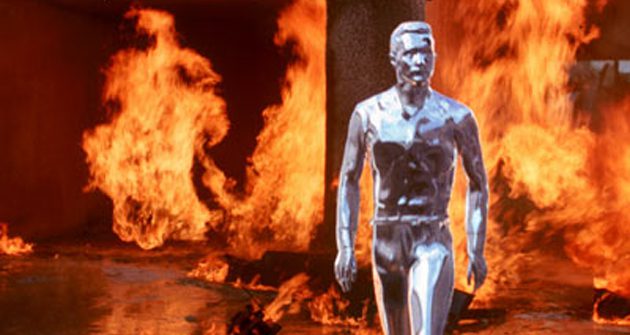
VFX refers to visual effects that are added during post-production, essentially a series of images generated outside of the shooting location, with CGI (computer-generated imagery) being the most significant component—technology that simulates images using computers. The first notable products created using this technology emerged in the late 70s when computers developed sufficiently to create “realistic” effects.
By the late 80s, blockbuster films like “Tron” and “Star Wars” opened a new world of cinema: every effect could be created and displayed on computers. One of the pioneers in utilizing VFX and CGI was director James Cameron, who elevated this technology to new heights with his iconic works such as “The Abyss” and “Terminator 2.”
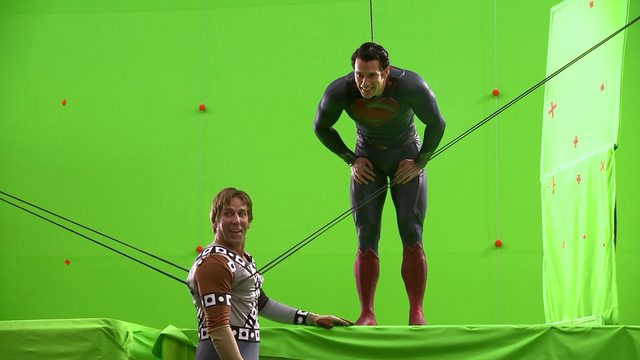
Today, CGI has become increasingly ubiquitous, particularly evident in action movies to create breathtaking scenes that would be nearly impossible to achieve otherwise. However, animated films have truly become the key to elevating CGI technology to its peak, starting with Pixar’s classic “Toy Story.” Every character was created from computers, yet they exhibited a lifelike quality and detail that evokes our reality.
In recent years, aside from CGI, many visual effects have been created using green screen technology and motion capture.
7. Digital Cinematography

Digital cinematography is the process of capturing images through pixels instead of traditional film, which must undergo multiple complex development and projection processes. 35mm film had become the standard for filmmakers throughout the film industry’s history. However, the benefits of digital cinematography were not immediately recognized by industry insiders. As companies began producing more advanced cameras, this coincided with the rise of computer technology, making “digital cinematography” a preferred choice.
The first film shot entirely using digital cinematography was “Star Wars EP. II – Attack of the Clones.” This project by George Lucas received mixed reviews, yet the cost-saving potential of this new filming technology is undeniable. Many directors have since transitioned to digital cinematography, believing it compromises the “natural” essence of film.
8. Non-linear Editing

Non-linear editing is the process of editing and cutting film in a non-sequential manner, regardless of whether it’s on film or tape. This method of editing is the most notable advancement in the industry, allowing for the seamless transition and manipulation of materials within a digital system.
This means that filmmakers can immediately access all raw materials and conduct direct adjustments; “linear” editing is no longer a constraint. Non-linear editing has significantly enhanced efficiency and revolutionized the editing process.

Previously, this technique had a significant drawback due to the potential loss of quality during the transfer process. However, with today’s advanced technology, this is no longer a concern. Non-linear editing has dramatically increased the efficiency of editing processes and allowed directors to achieve various effects, as complex effects can be easily executed with non-linear editing.
9. 3D

Since the blockbuster “Avatar” created a global phenomenon in 2009, 3D technology has become an indispensable element in mainstream cinema. Alongside 3D, there are many low-budget films employing this technology, not merely for “spectacle” but primarily to engage audiences with a more artistic approach. In reality, 3D has existed since the 1950s, with the first films featuring images shot in-depth (like Alfred Hitchcock’s “Dial M for Murder”).
In the following decade, 3D became a new tool for attracting viewers, as seen with “Jaws 3-D,” and even found its way into several documentaries. By the late 2000s, the technology was revived and redefined for a new line of 3D films. It is noteworthy that there is a significant difference between films shot in true 3D and those converted from standard 2D images.
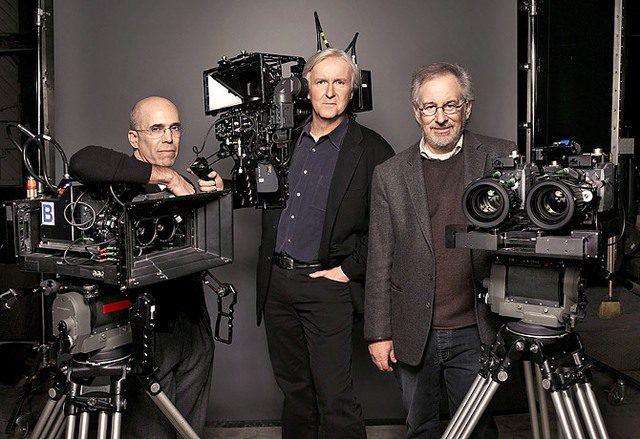
To this day, following the significant success of 3D projects like “Avatar,” this technology still faces skepticism from producers regarding its reliability, as it is not merely a “painted” feature. Additionally, there are still many aspects that require improvement, such as inadequate viewing glasses, inferior image quality, and the still-evolving effects of 3D imaging.
10. IMAX
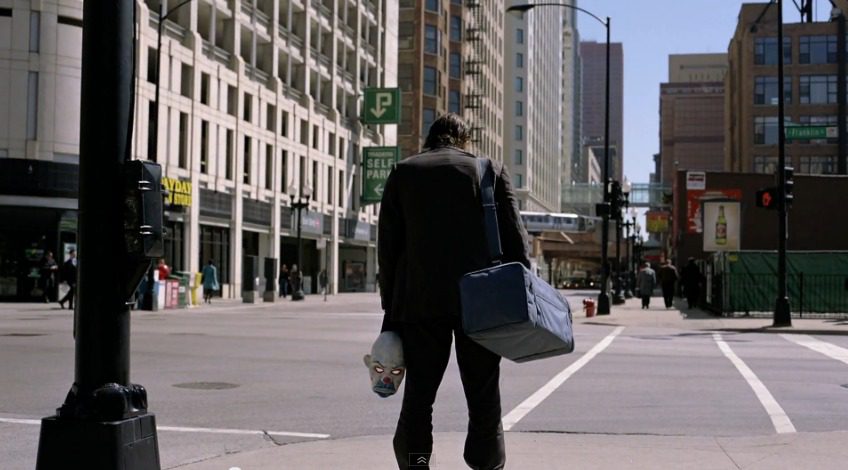
IMAX stands for Image Maximum—an advanced film format developed by IMAX Corporation in Canada. It is the highest-definition film format focused on enhancing image resolution. In recent years, the number of IMAX theaters has dramatically increased, reaching 1,061 screens in 67 countries by 2016.
Similar to 3D, IMAX provides a unique cinematic experience and is often used to promote blockbuster films with substantial budgets. Another common practice is for production companies to convert standard films into IMAX format, although the quality may not match that of films shot directly with this technology.
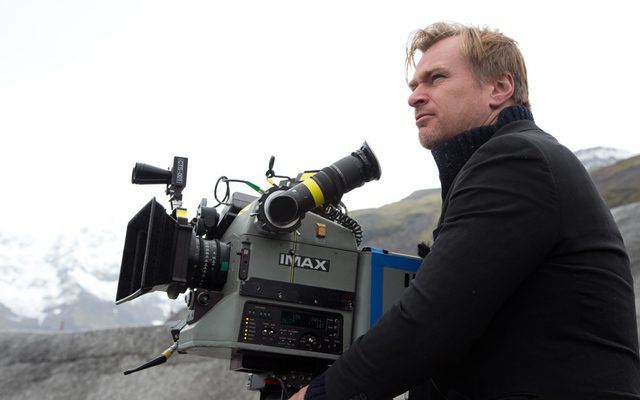
Shooting on IMAX is a more complex task, as the cameras are heavier than standard ones, and the resulting films are larger than typical 35mm films (often 65mm). This allows capturing exceptional quality images.
For many years, IMAX was predominantly used for documentaries until the late 2000s when it began expanding into mainstream films, particularly under director Christopher Nolan with the “The Dark Knight” trilogy. This technology is still being developed, with limitations observed in certain filming aspects, yet it is likely we will see a film entirely shot in IMAX format in the near future.
Source: Taste of Cinema





















